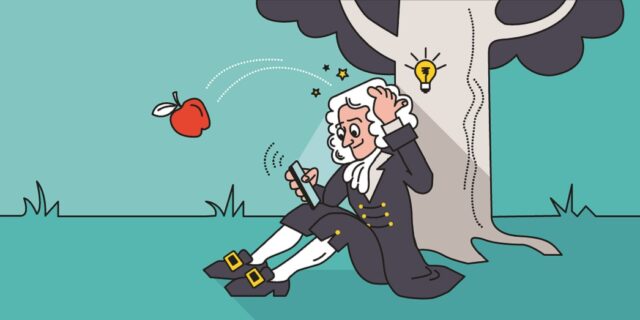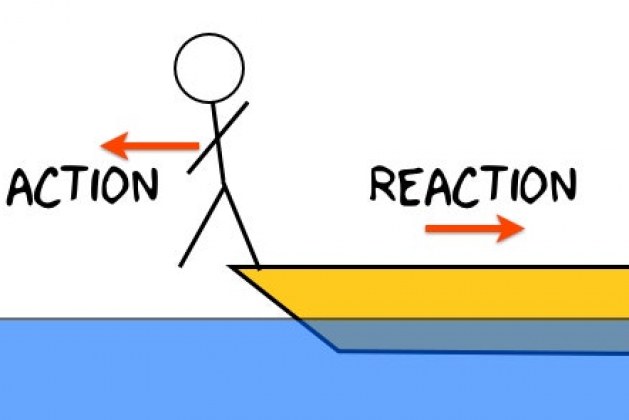
Newtons laws of motion are fundamental principles in classical mechanics that describe the behavior of objects in motion. These laws, formulated by Sir Isaac Newton in the 17th century, form the basis of our understanding of how objects move and interact with one another.
By studying and applying these laws, we can predict the motion of objects and explain the causes behind their movements. In this article, we will delve into the three laws of motion proposed by Newton, exploring their significance and impact on our understanding of the physical world.
Join us as we unravel the mysteries of classical mechanics and gain insight into the fundamental principles that govern motion.
Newtons First Law: The Law of Inertia
 Newtons First Law, also known as the Law of Inertia, is a fundamental concept in classical mechanics that states an object will remain at rest or in uniform motion unless acted upon by an external force. This principle, established by Sir Isaac Newton in the late 17th century, signifies the existence of inertia in all objects.
Newtons First Law, also known as the Law of Inertia, is a fundamental concept in classical mechanics that states an object will remain at rest or in uniform motion unless acted upon by an external force. This principle, established by Sir Isaac Newton in the late 17th century, signifies the existence of inertia in all objects.
In simpler terms, an object will continue its current state of motion unless an external force is applied. This law is crucial in understanding the behavior of objects in motion and serves as the foundation for the study of physics.
By grasping the concept of inertia, scientists and researchers can better comprehend the dynamics of objects and the forces that govern their movement.
Newtons Second Law: Relationship Between Force, Mass, and Acceleration
 Newtons Second Law of Motion is a fundamental principle in classical mechanics that establishes a clear relationship between force, mass, and acceleration. This law states that the acceleration of an object is directly proportional to the net force acting on it and inversely proportional to its mass.
Newtons Second Law of Motion is a fundamental principle in classical mechanics that establishes a clear relationship between force, mass, and acceleration. This law states that the acceleration of an object is directly proportional to the net force acting on it and inversely proportional to its mass.
In simpler terms, the greater the force applied to an object, the greater its acceleration will be, while a heavier object will accelerate at a slower rate when subjected to the same force. This law is crucial in understanding how motion is influenced by external forces and the mass of an object, providing a mathematical framework for predicting and analyzing the dynamics of physical systems.
By grasping the intricacies of Newtons Second Law, one can unlock a deeper comprehension of the natural world and the mechanics governing it.
Newtons Third Law: Action and Reaction
 Newtons Third Law states that for every action, there is an equal and opposite reaction. This fundamental principle in classical mechanics emphasizes the interconnectedness of forces in the universe.
Newtons Third Law states that for every action, there is an equal and opposite reaction. This fundamental principle in classical mechanics emphasizes the interconnectedness of forces in the universe.
When one object exerts a force on another object, the second object reacts with a force of equal magnitude but in the opposite direction. This law can be seen in various aspects of everyday life, from the propulsion of a rocket launching into space to the recoil felt when shooting a firearm.
Understanding and applying Newtons Third Law helps us predict and analyze the dynamics of objects in motion, highlighting the interconnected nature of forces in the physical world.
Conclusion
In conclusion, mastering Newtons laws is essential for understanding the fundamental principles of classical mechanics. These laws provide a framework for analyzing and predicting the motion of objects in a variety of situations.
By applying these principles, we can solve problems ranging from simple projectile motion to complex systems of interacting bodies. By delving into the intricacies of solved problems in classical mechanics, we gain a deeper appreciation for the underlying principles that govern the world around us. So, lets continue to explore and unlock the mysteries of classical mechanics through the lens of Newtons laws.



